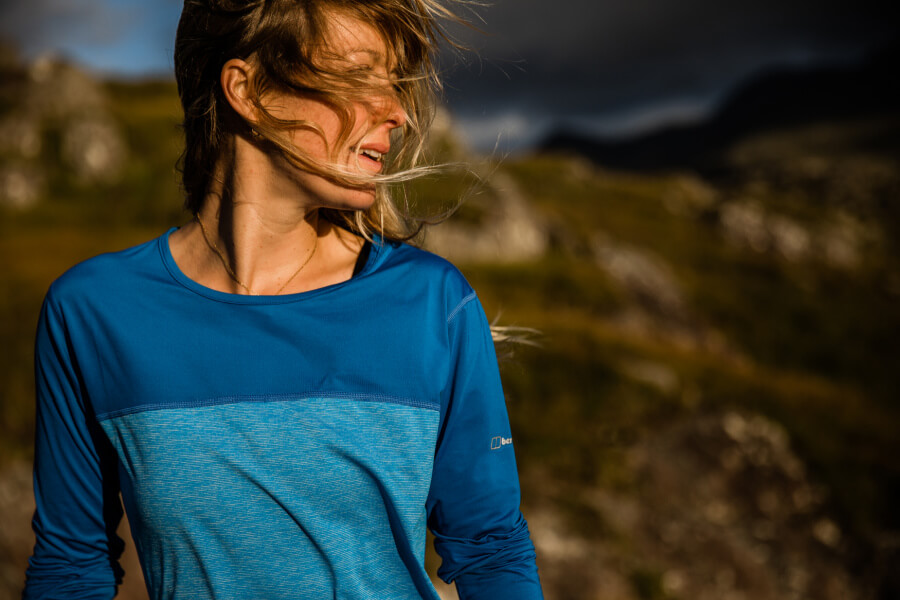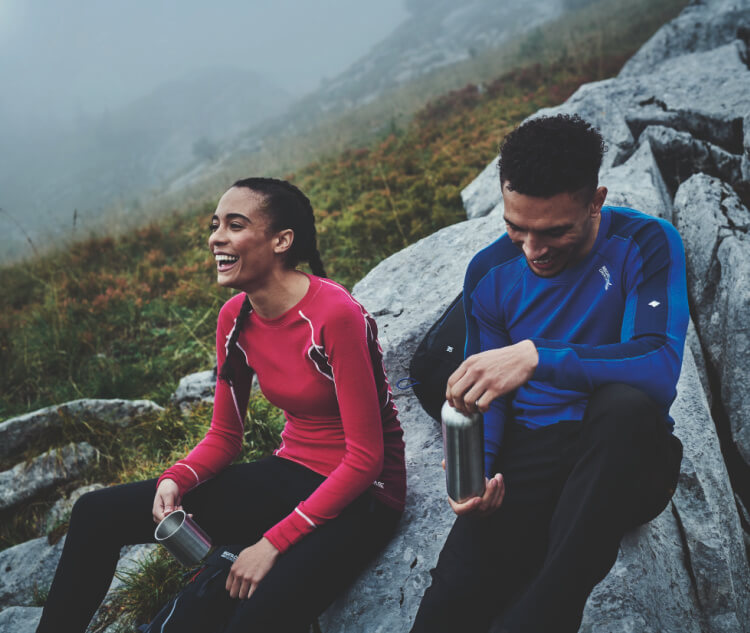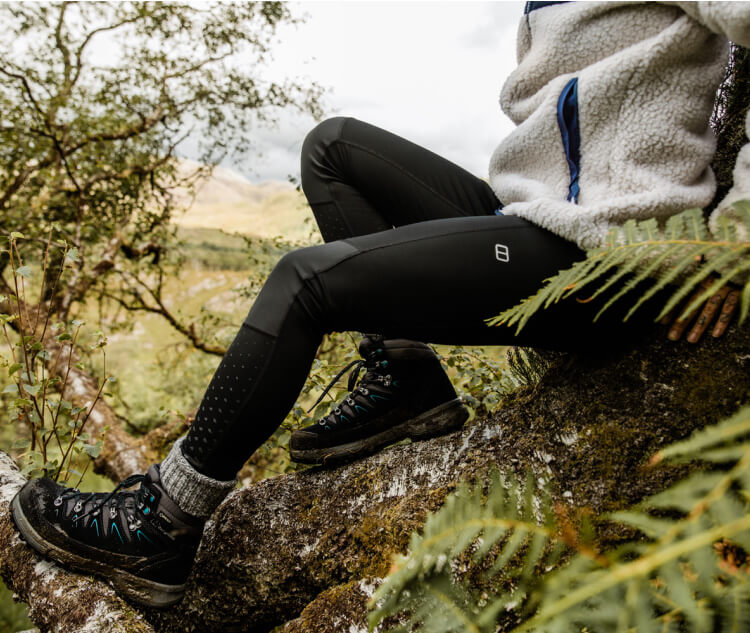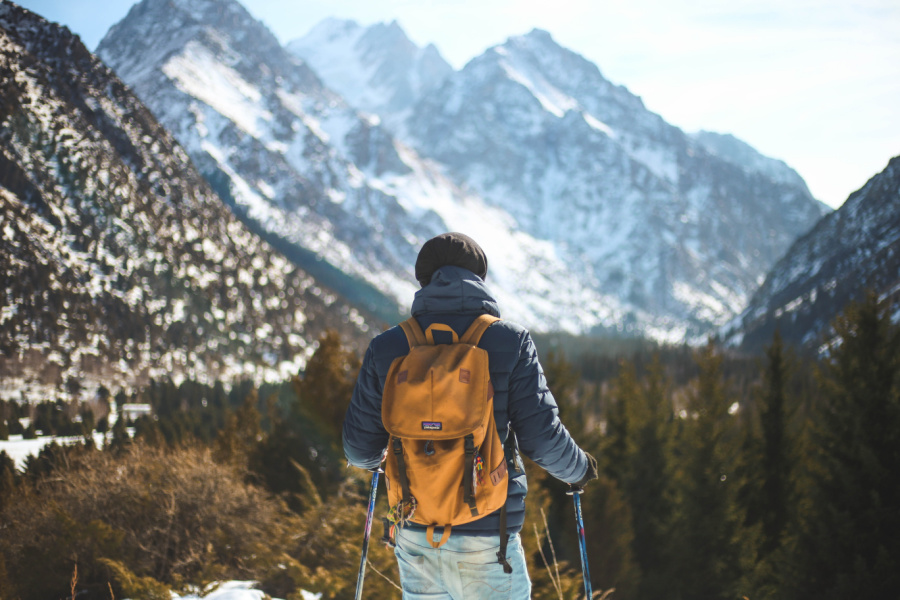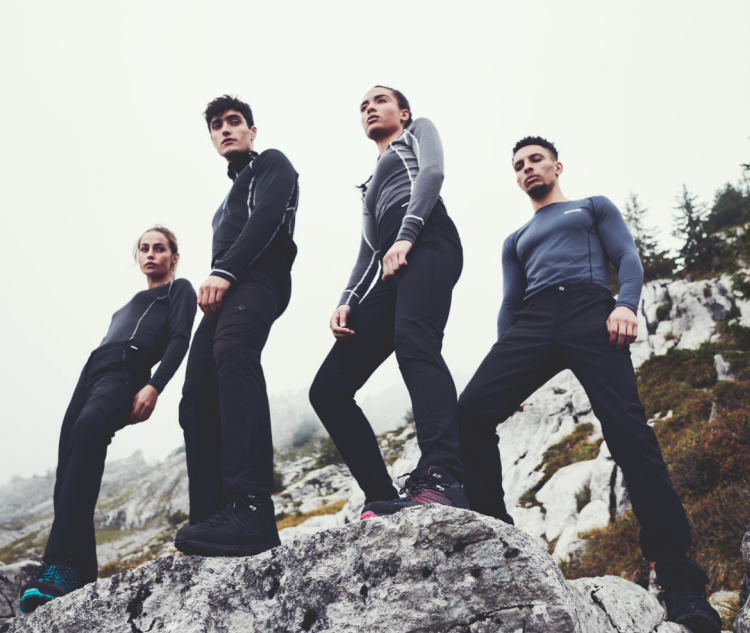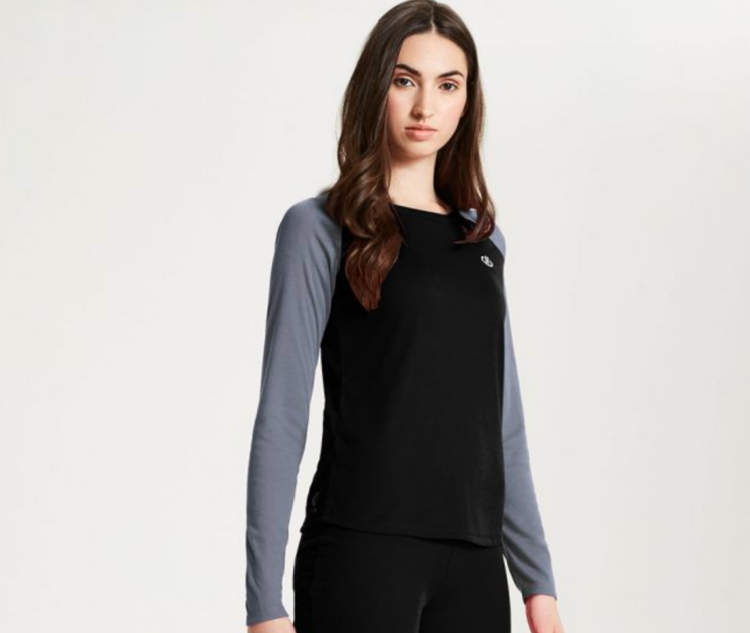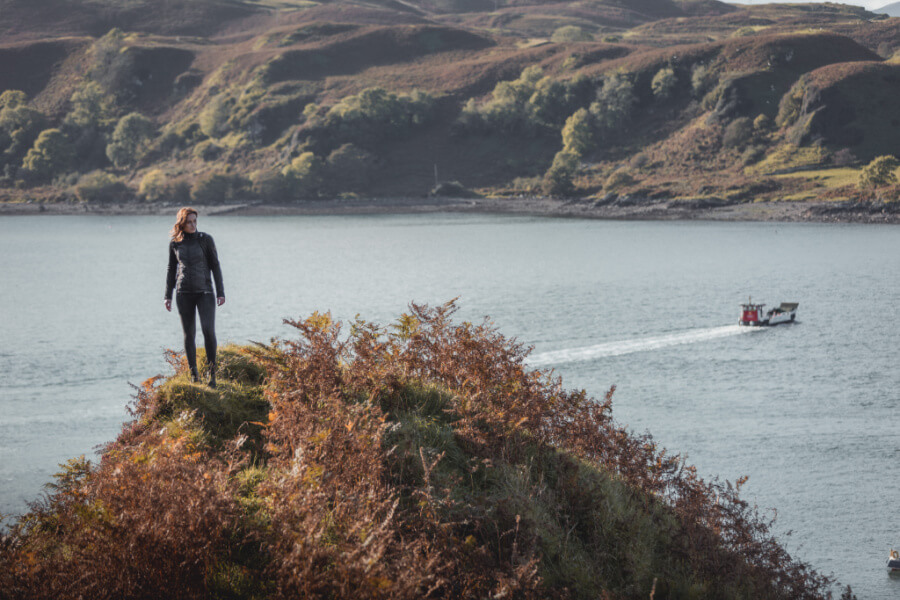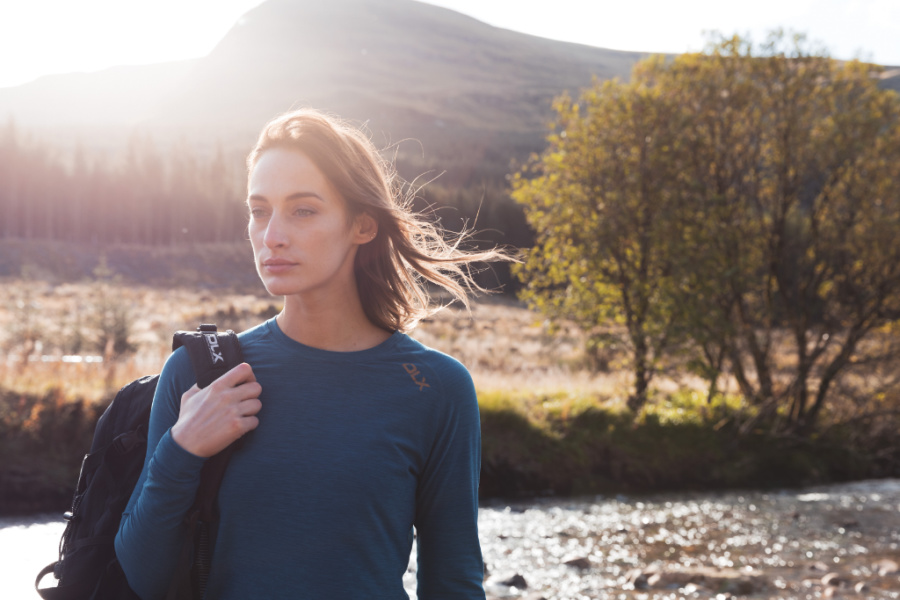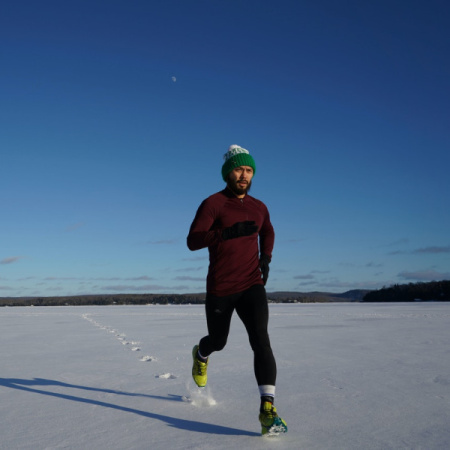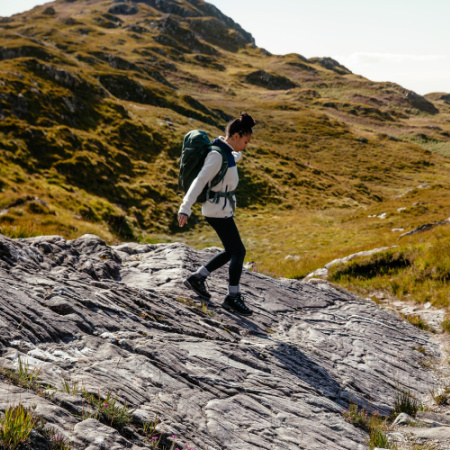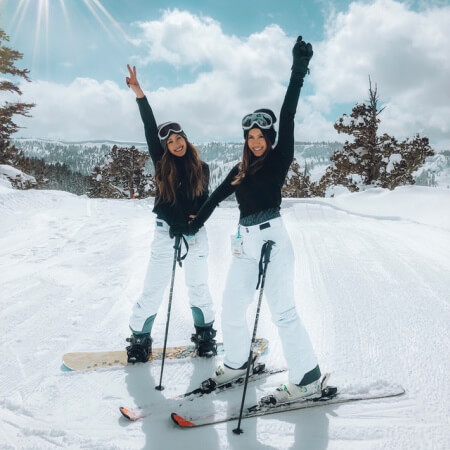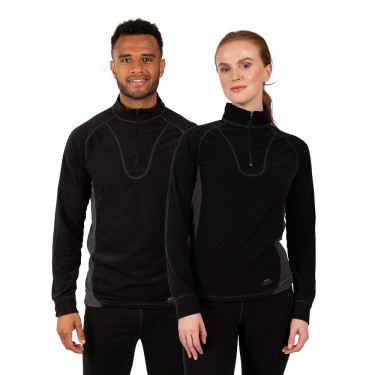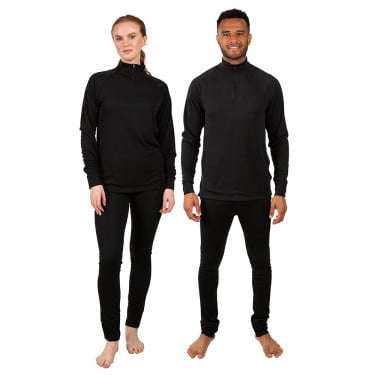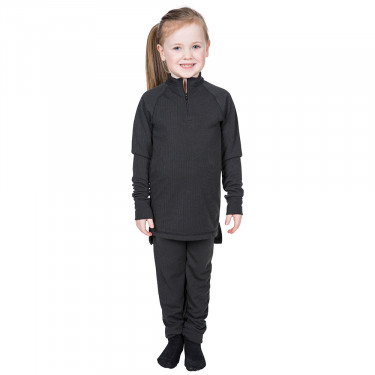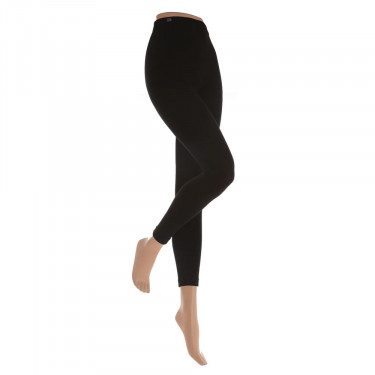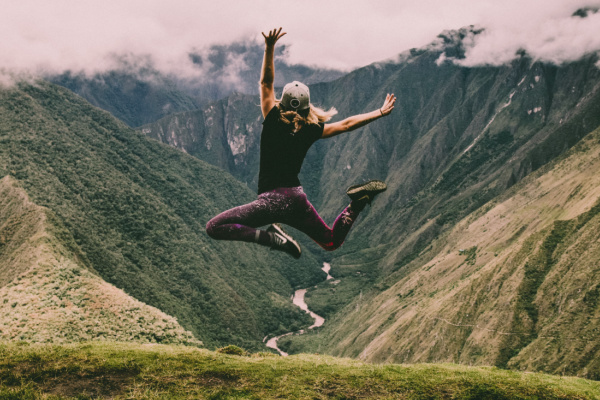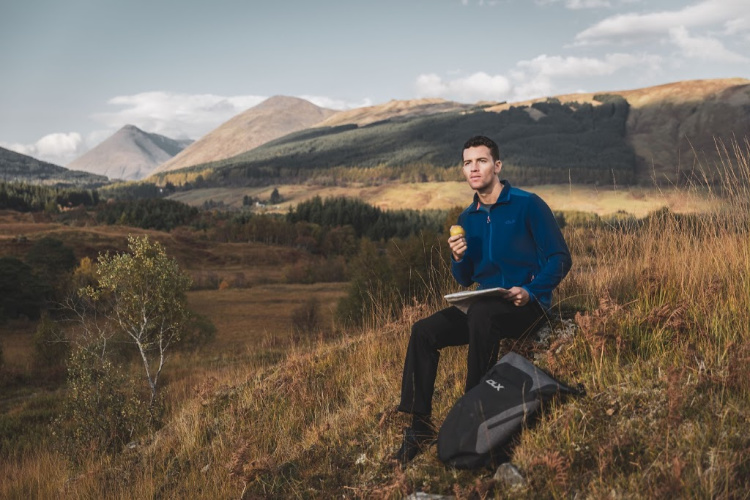Synthetic Base Layers
Synthetic base layers are generally the cheapest and most commonly found among stores and brands. Synthetic thermal layers are lightweight, quick-drying and provide excellent moisture wicking. This makes them perfect for high-energy activities and sport, which is why they are now a common sight among athletes where their bodies are always moving.
Reminder: Synthetic fabrics are best for muscle compression. This is why compression shorts, compression sleeves and vests are a common sight in football, rugby, basketball, tennis and other sports.
A drawback of synthetic fabrics is that they are not naturally antibacterial. This means odour from your sweat will be retained, making them rather smelly unless washed immediately. Unless you buy a warm synthetic base layer, they are not as naturally warming as merino wool fabrics. So, always check when buying.



